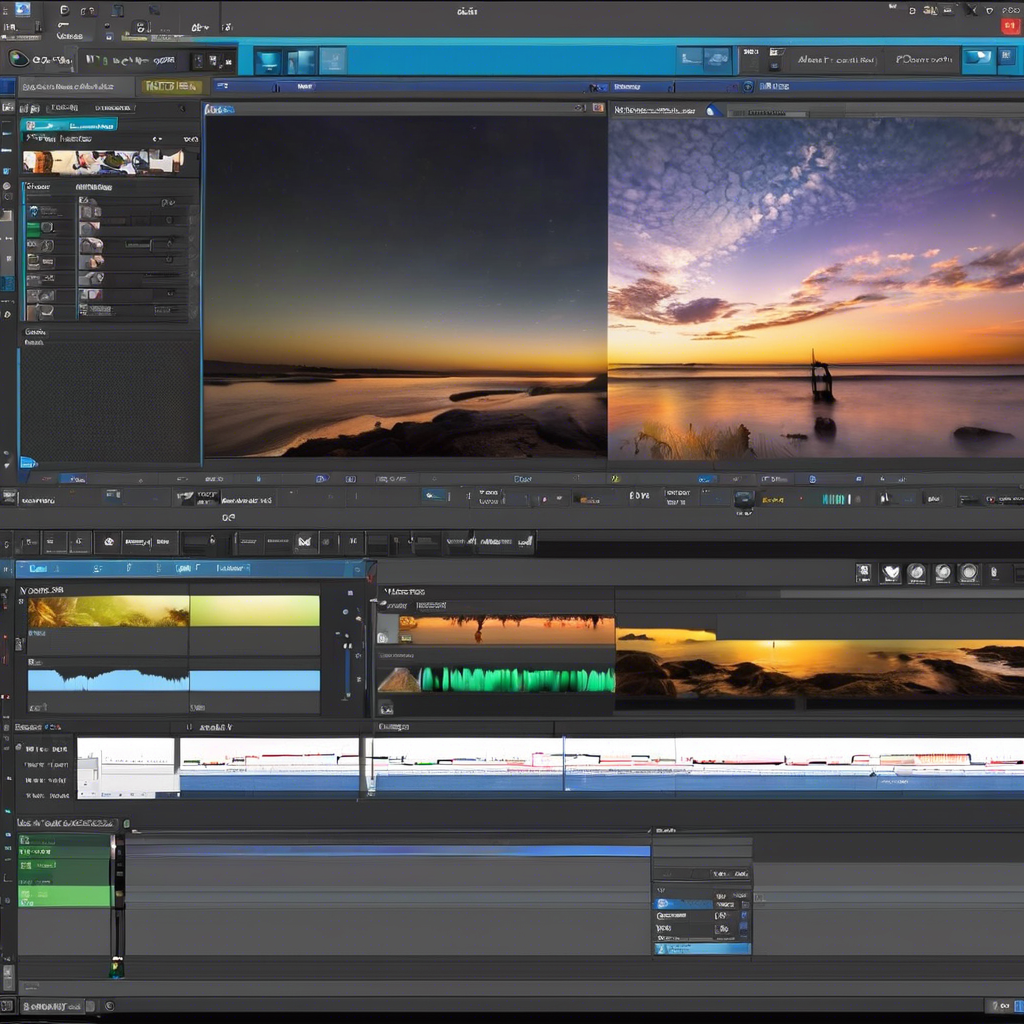Video editing software is an essential tool for content creators, filmmakers, and anyone looking to create professional-looking videos. With the advancement of technology, there are numerous video editing software options available in the market, each offering unique features and capabilities. In this article, we will explore the world of video editing software, discuss the key features to look for, and provide recommendations for both beginners and advanced users.
When choosing a video editing software, it is important to consider your skill level, budget, and the type of projects you will be working on. For beginners, user-friendly software with simple interfaces and basic editing tools is ideal. Popular options for beginners include iMovie, Windows Movie Maker, and Adobe Premiere Elements.
For intermediate users looking to take their editing skills to the next level, software like Adobe Premiere Pro, Final Cut Pro X, and Davinci Resolve offer more advanced features such as multi-camera editing, color correction, and special effects. These tools require some learning curve but provide greater flexibility and creative control.
Advanced users and professional filmmakers often opt for industry-standard software like Adobe After Effects and Avid Media Composer. These programs offer extensive capabilities for visual effects, motion graphics, and high-end editing, making them suitable for complex projects and professional productions.
One of the key features to consider when choosing video editing software is the timeline interface. The timeline is where you arrange and edit your video clips, add transitions, effects, and audio tracks. A well-designed timeline with easy-to-use editing tools can significantly enhance your workflow and editing efficiency.
Another important feature is the availability of audio editing tools within the software. Good video editing software should allow you to adjust audio levels, add background music, remove background noise, and synchronize audio with video clips. Having robust audio editing capabilities is crucial for creating high-quality videos.
In addition to basic editing tools, many video editing software options offer advanced features such as motion tracking, green screen effects, and 3D editing. These tools allow you to create visually stunning videos with professional-grade effects and animations.
In recent years, cloud-based video editing software has gained popularity due to its convenience and accessibility. Platforms like Adobe Creative Cloud and WeVideo allow users to edit videos online, collaborate with team members, and access their projects from any device with an internet connection.
When comparing different video editing software options, it is important to consider the system requirements and compatibility with your computer or device. Some software may require high-performance hardware to run smoothly, so make sure to check the minimum system requirements before making a purchase.
In conclusion, video editing software plays a crucial role in the creative process of producing high-quality videos. Whether you are a beginner looking to learn the basics of editing or a professional filmmaker working on a complex project, there is a video editing software option available to meet your needs. By considering your skill level, budget, and desired features, you can find the perfect software to bring your video ideas to life.
